Case Study: RPE and training load
Guest Author: Cairbre Ó Cairealláin
Following on from his previous blog a view weeks ago which looked at implementing a wellness program with your athletes, this week Cairbre provides valuable insights and advice in relation to monitoring training loads.
Importance of monitoring training loads
The Session-RPE Module is a core feature of Metrifit which allows us to effectively monitor training loads with the Tipperary Hurling Team. The importance of managing training load in order to reduce injuries and optimize performance is well-known, but it can be a challenging task for any inter county team. In professional sports, load-monitoring is fairly straightforward, as you pretty much have full reign over the player’s training schedule. But the GAA is a different beast, with intercounty players usually lining out with a number of different teams over the course of the year. The strain of multiple team demands is particularly felt by talented young athletes who can be expected to train and play with their college, club, age-grade team, and senior team.
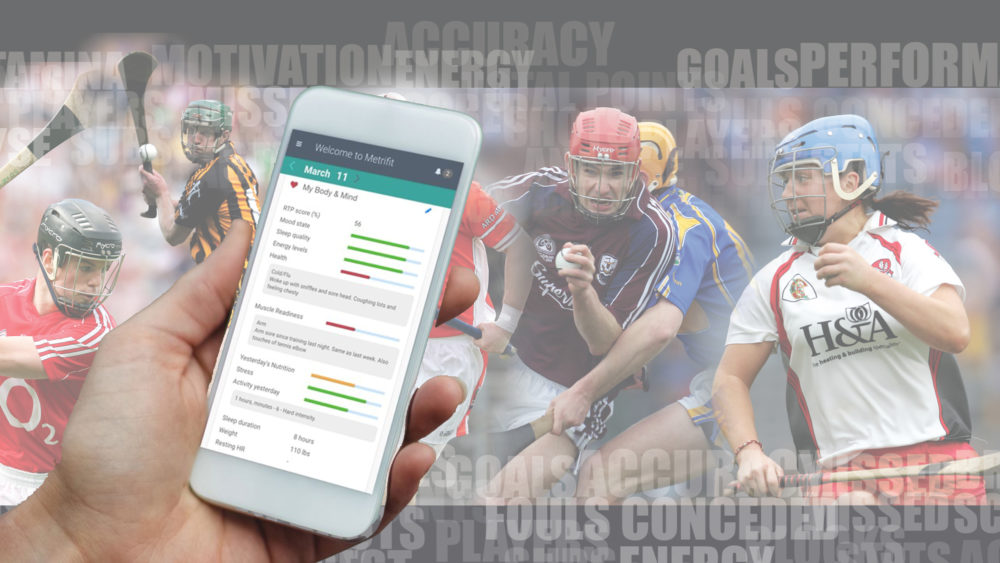
And of course, there are those who play in both codes (hurling and football). There is often very little communication and co-ordination between teams, leaving the athlete in a vulnerable position. This is being played out in recent years in an epidemic of hip injuries, with an unprecedented number of young players facing the prospect of hip operations and long-term disability.
Persistent groin and hip pain is caused by an association of various pathologies, but more often than not underlies chronic overload of the pelvic. Efficient movement strategies are vital to maintaining healthy joints in athletes, and so is the management of on-feet loading. If we disregard the fact that our joints and connective tissue have a load-tolerance capacity, we will run into problems. And one can imagine how this may be exacerbated in Gaelic Games, with the long-held tradition of sacrificing everything, including your body, for the team.
The culture of ‘don’t be soft, get on with it’ is well and truly embedded in the GAA beliefs. At the 2020 GPA Player Welfare conference, I was struck by the story of former Donegal Footballer, Luke Keaney, who was forced into retirement at the age of 25 after four hip replacements, with injuries that left him struggling to walk. As he said, ‘If you’re 18-years-old, you are playing for everyone’. His story is a compelling example of the urgency with which we need to address issues of player overload, and the importance of effective communication between players, coaches, managers, and medical teams. Metrifit’s Session-RPE Module is a powerful tool that helps us to monitor training loads over time, guides our loading strategy, and allows us to put player welfare front and centre.
How it benefits the player
Players upload all of their training activities to Metrifit, and the app allows them to track their loads from week to week. There is an educational component to this, where players better understand the language of load management, and there is an increased awareness of the need to deload regularly. Players often feel powerless when huge demands are being placed on them by various teams, but the feedback that the Session-RPE Module provides can be empowering. Trust between player and coach is a necessary ingredient for a high performance environment to thrive. When a player is asked to carefully log each and every training session they complete, there is a responsibility on the coach to monitor the data, and to act on the insights it provides, rather than just collecting data for the sake of it.
When we are training together as a team, we control the loading demands of that session. But that is only part of the picture. What we don’t see are the other pitch sessions with the club and college, gym sessions that are carried out in small groups, or individual sessions. Logging information on activity type, duration, and RPE of each session gives us the entire picture of a players training week and helps management to make informed decisions. This tool has been indispensable to us during January and February when many players on our panel were playing Fitzgibbon and Ryan Cup with their college teams.
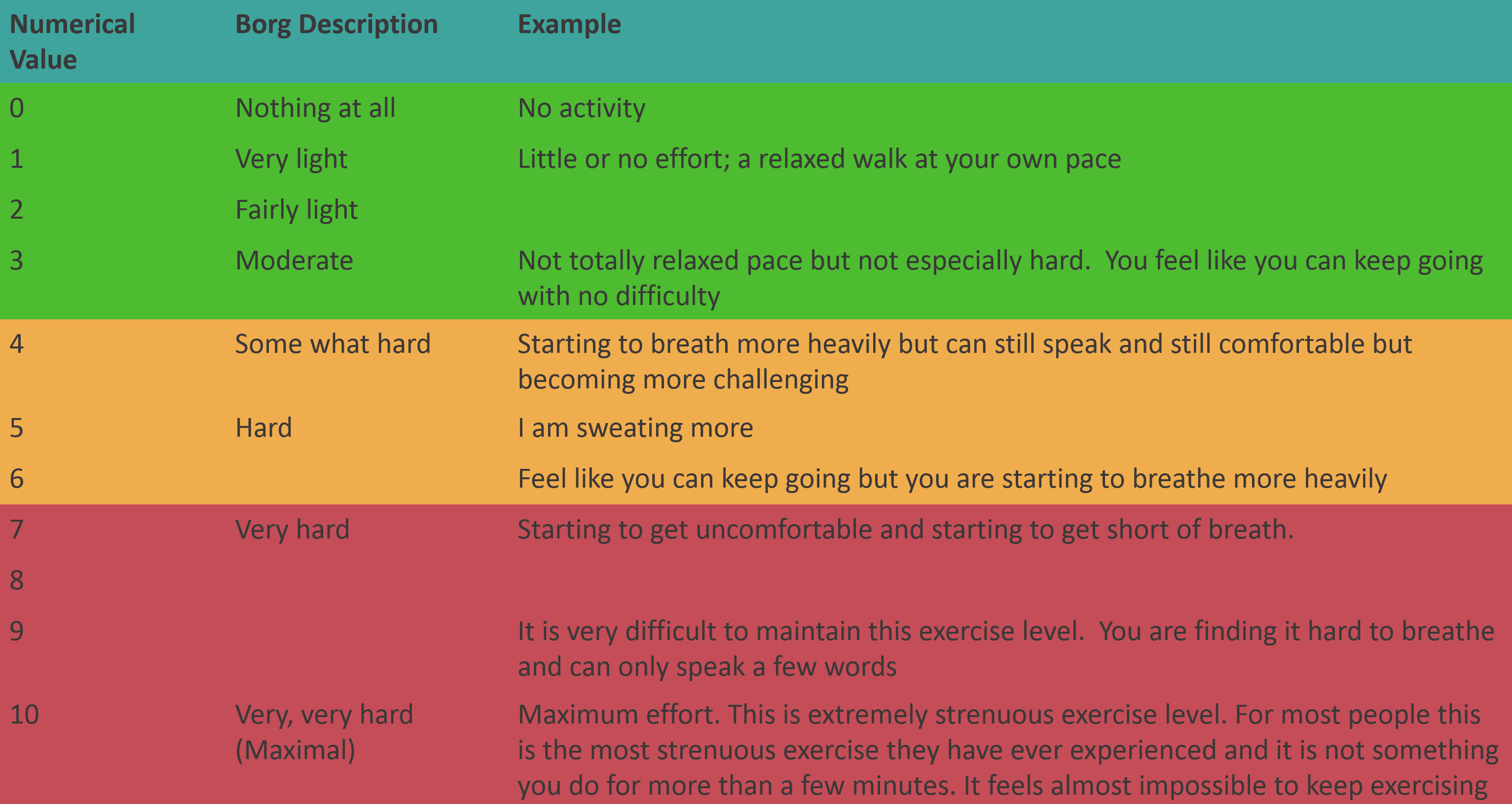
Further to the RPE data, the added comments that players can input with each activity is extremely valuable to the coaching team as feedback on external training sessions; any issues they had with the session, how they felt etc. Similarly to the Body and Mind Module, this opens up a dialogue between player and coach that might otherwise not occur.
Close attention is paid to the weekly RPE loads of players on Return to Play from injury. The primary objective for Return to Play is to gradually increase the load bearing capacity of the injured tissues and the system as a whole. Closely monitoring increases in load from session to session is important once the player is back on the field for running and skill-based training. The closer one gets to a return to full fitness the more crucial it becomes to refer to the data and keep the overload gradual. During this end-stage rehab it is easy to get carried away when the finish line is in sight. Session-RPE, amongst other markers, helps us hold back the reigns until the athlete is prepared for the high-intensity loading of competition.
How it benefits the team
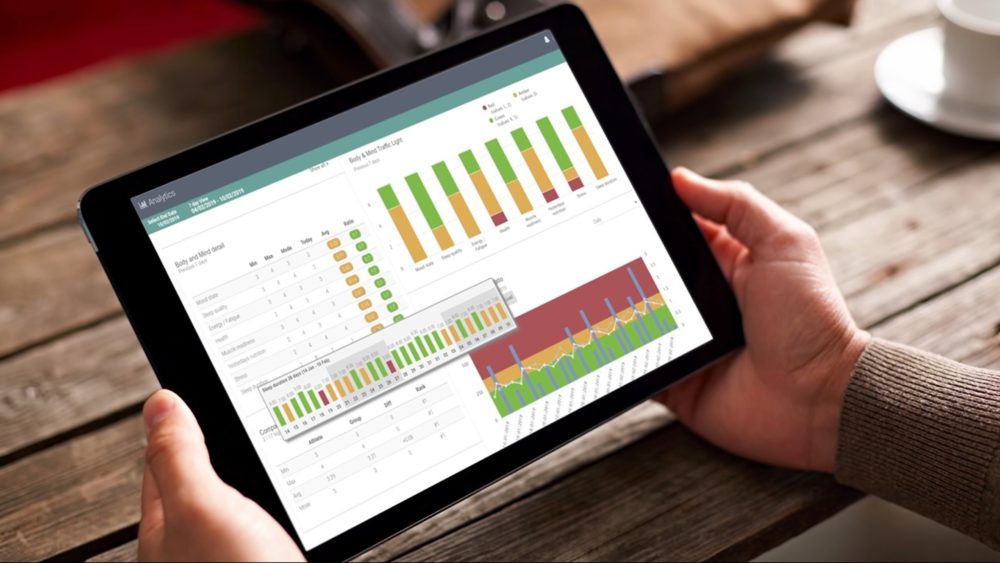
We use the Session-RPE feedback as a training check. On a micro level, did the loading plan for a particular session match up to the reported Session-RPE? In other words, did we hit high RPE’s on our High Days, and did we keep the RPE’s low on on Light Days? Did the session duration deviate much from the plan? During the pre-season period, you might get away with an extra ten minutes added to a session or a higher intensity than planned, but on the week of a big game the margin for error is smaller.
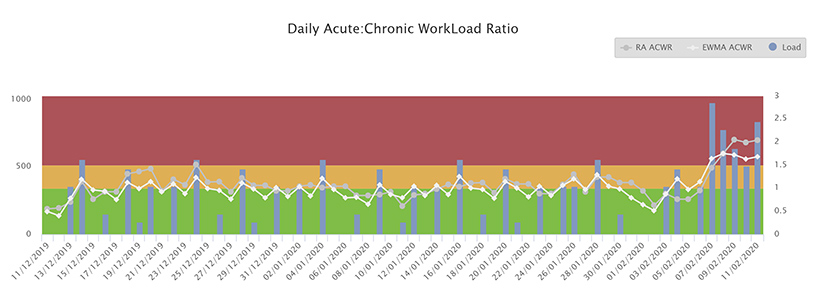
From a Meso perspective, the weekly reports provided by Metrifit helps to keep us on track with our loading plan for that training cycle. Are we ramping up the loads gradually? Are we deloading periodically? Sport is a fluid and ever-changing environment, and a key skill with good coaching and management is responding to what is in front of you. Monitoring the team’s RPE loads allows for course correction, making adjustments as needed to keep steering the ship in the right direction.
Sport Science practitioners are familiar with Tim Gabbett’s ‘sweet spot’ of team loading. Thresholds for optimal load changes from week to week will continue to be debated and explored by researchers, but the principle remains true; finding the balance is key to reducing injury risk and optimising physical development. Metrifit’s Session-RPE Module is our tool to finding this sweet spot on an individual and team basis.
About the author
We would like to thank our guest author Cairbre Ó Cairealláin for this insightful blog. Cairbre is currently Strength and Conditioning coach with All Ireland Champions Tipperary. He has previously held the position of Head Strength and Conditioning coach for Arsenal Women FC, after spending time working with the Arsenal FC Youth Academy. He feels very lucky to be in a position to pursue his passion for helping others to reach their potential as athletes and as people. You can read more from Cairbre on his blog feedmestrength.com. In his personal blog he explores his experiences in coaching, training, and in life. In doing so, he hopes to challenge his own thinking, and share what he has learned along his personal and professional journey, as well as the wisdom of others.
About Metrifit
Metrifit allows athletes to communicate with you everyday via psychometric data such as sleep quality, sleep duration, stress levels, muscle soreness. Session-RPE can be used for monitoring training loads and GPS information can also be integrated. We have recently developed functionality to help monitor Covid symptoms as well as individual contact tracing. Coaches and staff will also be able to complete daily health and contact tracing information. We are looking forward to teams getting back to some kind of normality and are here to support you during that process.
To find out more visit our Introducing Metrifit page or contact us at for a free demo.
Please share this post so others may benefit.
Follow @metrifit

























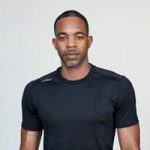







 Previous Post
Previous Post Next Post
Next Post





